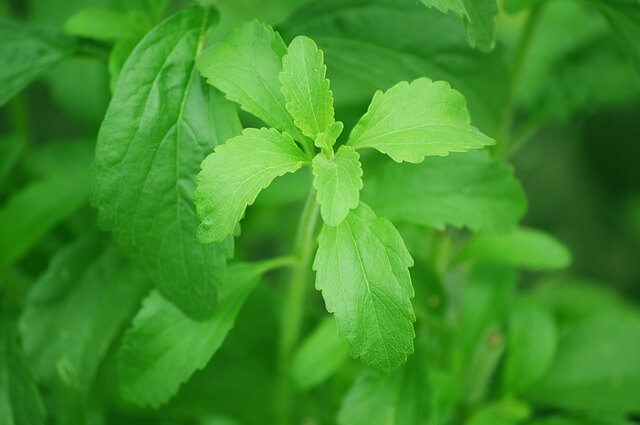In December, I watched the Minimalism documentary.
If you haven’t heard of the minimalism book or the documentary, it basically makes the assertion that we consume way more than we need in search of happiness. We fill our lives with objects and “keeping up with the Jones’” becomes harder and harder. With TV shows where celebrities show off their 10-car garage or their 150 pairs of shoes, with exploding house sizes that mandate that every room will need to be filled, and with clothing losing it seasonality from spring/summer and fall/winter to basically a new trend or fad item every week, it can be challenging to even come close to having enough objects and goods.
I decided to give this whole minimalism thing a try.
After watching that documentary, I promptly donated 3 suitcases full of clothes, shoes, books, and other stuff to charity. Still, I wanted to take it a step further. So, for the month of January I decided I would buy nothing. Okay, not exactly nothing—girl gotta eat—but no new objects. No shoes, purses, clothes, gadgets, scarves, hats, gloves, jewelry, artwork, technology, household items (furniture, pillows, lamps, etc.), kitchen utensils, or devices. My mother always said that money burns a hole in my pocket and that I am just desperate to buy anything, so I wondered how this would go.
Now that I am working from home, my boyfriend and I need a bit more space, and I get tired of watching him play video games while I am trying to work. Obviously, this meant I needed a new table for the guest room (because changing my preferred seat to one not facing the TV was too tough). Well, I put that off. I made the commitment not to buy anything unless it was absolutely necessary, and this wasn’t.
After this one snag, I sailed through the rest of the month. “What are you going to wear to your brother’s rehearsal dinner?” Mom asks. “I don’t know, something I already have.” “Did you get a new pair of shoes for the wedding?” “Nah, don’t need any.” I ignored the duty-free goods, the magazines showing me the newest trends, my beloved Amazon Prime, and unsubscribed from at least 50 different mailing lists that were assaulting me with all the stuff I need. Try that one out, it is so liberating to not constantly get emails about things you don’t really need (but stay subscribed to this one, because you clearly need to know all of this).
So what happened on February 1?
Shopping spree! Nope. You know what, it barely phased me. I barely noticed that I had gone a month without shopping. My bank account was noticeably happier which gives a security that objects and possessions simply cannot. And the best part of it all: I realized that I don’t need anything. I don’t need anything, and what a blessing that is. Few of us are in the situation where we genuinely do not need a single thing and I am at peace in knowing that it is not the object that can provide happiness. That happiness is already within me simply waiting to be acknowledged.
Give it a try!
Maybe you need fewer objects than you think you do. Try a 7-day minimalism challenge:
Day 1: Stretch for 10 minutes.
Day 2: Do not spend any money for 24 hours.
Day 3: Clean all the surfaces in one room of the house.
Day 4: Clean out your inbox.
Day 5: Monotask.
Day 6: No media after 6 p.m.
Day 7: No email or social media until lunch.
Let me know how your week is going: #minimalismTFA and let’s do this together.
For access to essential oil and supplement education galore, today!






